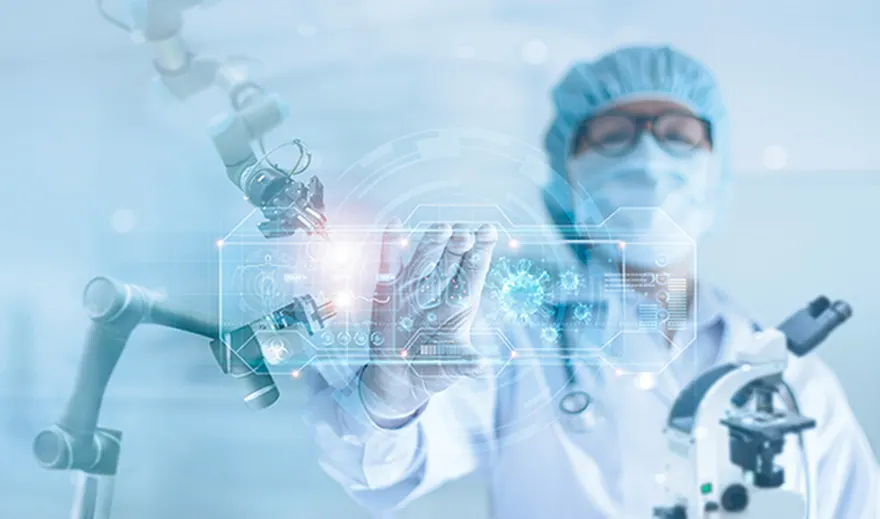Top 10 Healthcare Technology Hazards

By Ibby Smith Stofer
If you work in any of the medical device, healthcare, or other related fields, you may be surprised when you review the latest Top Ten Health Technology Hazard report by Emergency Care Research Institute (ECRI).
ECRI publishes an annual report based on a review of reported incidents, independent medical device testing, and reporting databases. The list "identifies the potential sources of danger [ECRI] warrants the greatest attention for the coming year."2021's list was recently published, and it surprisingly has none of the traditional concerns that have previously been brought to our attention. COVID-19 and its worldwide impact changed regulatory approvals, clinical practice, patient reliance on commercial technology, and more.
Here is the list. For more detailed info, you can visit ECRI's website.
- Emergency use authorization device management: Complexity of managing medical devices with COVID-19 EUAs.
- Drug name auto-display: Drug entry fields that populate after only a few letters can cause fatal medication errors.
- Telehealth adoption: Rapid roll-outs of virtual care technologies may leave patients' data at risk.
- Imported N95-style masks: May fail to protect healthcare workers from infectious respiratory diseases.
- Consumer-grade devices: Relying on these products can lead to inappropriate healthcare decisions
- UV disinfection: Quick deployments of UV disinfection devices can reduce effectiveness and increase exposure risks
- Software vulnerabilities: Weaknesses in third-party software components present cybersecurity challenges
- Artificial intelligence in diagnostic imaging: These technologies may misrepresent certain patient populations
- Remote operation risks: Remotely operating medical devices designed for bedside use introduce new risks
- 3D printing quality: Lack of quality assurance of 3D-printed patient medical devices may harm patients
ECRI offers a free PDF that details each of the top 10 concerns. The following three examples will encourage you to visit their site for a more detailed review of the complete report.
- EUAs (Emergency Use Authorization) are temporary and create a technology management challenge unique to this moment in time. This specific challenge is the need to manage large numbers of medical devices and supplies that have only been authorized for temporary use. As the pandemic wains down, facilities will have to take on this problem head-on
- Auto drug name population can lead to unintended medication errors. Caution & validation are required in planning and administering to patients. Luckily, smart pump technology like the Guardrails with the Alaris System significantly decreases serious medication errors. With that said, there is always risk, and going forward, the training of clinical staff will help reduce this hazard
- Telehealth's rapid expansion could pose additional security risks while providing enhanced patient access and care. It seems like every month, we read about a significant cyber-attack on a healthcare network or its data. Telehealth will undoubtedly be a part of the "new normal," and so the precautions to protect patient data need to be extensive.
We are hoping to see improvement in minimizing the risks to caregivers, patients, and companies while averting these hazards. We are grateful for all our healthcare heroes that manage many risks and hazards every day to promote better patient outcomes and save lives
